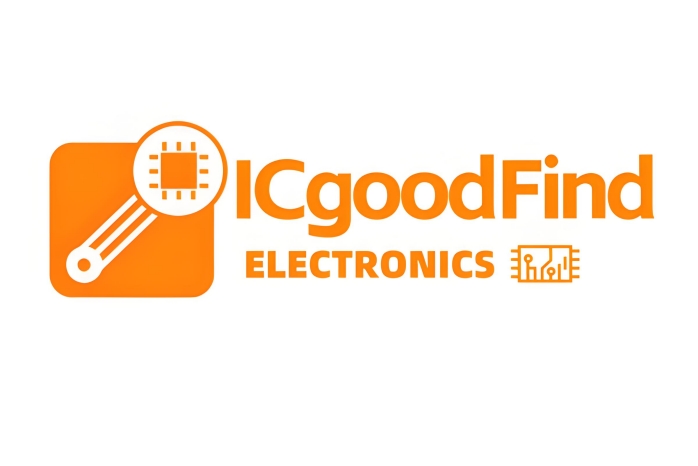**HMC232ALP4E: A Comprehensive Guide to Its Function and Design**
The **HMC232ALP4E** is a highly integrated, 6-bit digital attenuator from Analog Devices, designed to operate within the **1 to 6 GHz frequency range**, making it a critical component in modern RF and microwave systems. Its primary function is to provide precise and rapid adjustment of signal amplitude (attenuation) under digital control, which is essential for applications such as gain control, leveling loops, and beamforming networks in radar, telecommunications, and test equipment.
**Function and Core Operation**
At its heart, the HMC232ALP4E is a **voltage-controlled attenuator** with a digital serial interface. It accepts a 6-bit binary word (64 states) to select attenuation levels from 0 dB up to **31.5 dB** in precise **0.5 dB steps**. This fine resolution allows system designers to make extremely accurate adjustments to signal power. The device features a **serial-to-parallel converter** and a latch, enabling control via a simple 3-wire serial interface (Data, Clock, and Latch Enable). This simplifies integration with microcontrollers (MCUs), FPGAs, and other digital processors.
A key functional advantage is its **non-reflective design**. Unlike simpler switched attenuators, the internal architecture of the HMC232ALP4E is designed to absorb the attenuated RF energy rather than reflecting it back to the source. This is crucial for maintaining signal integrity, preventing standing waves, and protecting sensitive upstream components like power amplifiers.
**Design and Architecture**
The HMC232ALP4E is fabricated using a **Gallium Arsenide (GaAs) MMIC (Monolithic Microwave Integrated Circuit)** process. GaAs technology is chosen for its superior high-frequency performance, low loss, and high isolation compared to silicon-based alternatives at these microwave frequencies.
The internal design consists of a series of **distributed FET cells** that act as voltage-variable resistors. The digital control word sets the bias voltages applied to these FETs, changing their resistance and thus determining the amount of RF signal that is shunted to ground. The careful layout of these cells and the transmission lines between them is what enables its consistent performance across the wide 1–6 GHz band.
Packaged in a compact, **4x4 mm 24-lead QFN (Quad-Flat No-Leads) LP4 package**, the component is designed for surface-mount technology (SMT) and high-density PCB layouts. This package offers excellent thermal performance and low parasitic inductance, which is vital for maintaining high-frequency performance.
**Key Performance Characteristics**
Designers select this attenuator for its exceptional electrical characteristics:

* **High Accuracy:** Low insertion loss and excellent attenuation accuracy across all states and frequencies.
* **Fast Switching Speed:** The ability to change attenuation states in nanoseconds, which is critical for pulsed and TDD (Time Division Duplex) systems.
* **High Linearity:** High IP3 (Third-Order Intercept Point) ensures minimal distortion of the signal, even at higher power levels.
* **Positive Control Logic:** Operates with a single positive supply voltage (+3V to +5V), simplifying power supply design.
**ICGOODFIND**
The HMC232ALP4E stands out as a premier solution for precise RF attenuation in the 1–6 GHz spectrum. Its **non-reflective MMIC design, 0.5 dB step resolution, and simple serial control** make it an indispensable component for engineers designing high-performance systems where accurate signal control, speed, and linearity are non-negotiable.
**Keywords:**
1. **Digital Attenuator**
2. **Non-Reflective**
3. **MMIC**
4. **0.5 dB Steps**
5. **1-6 GHz**
